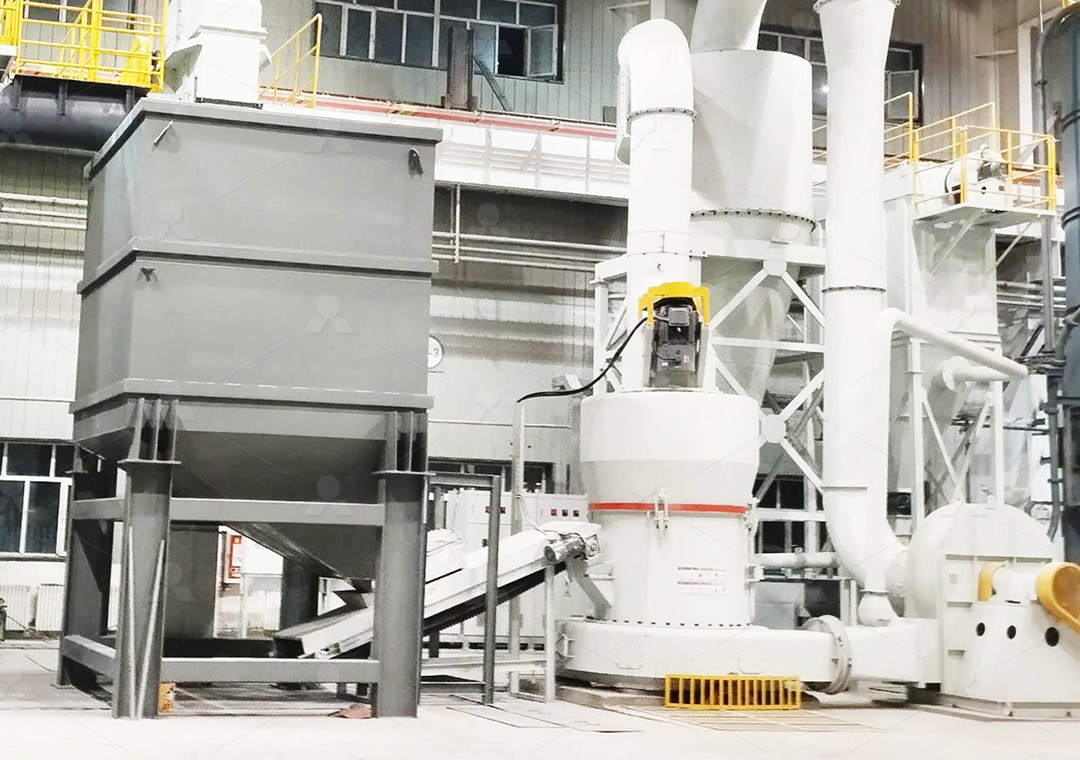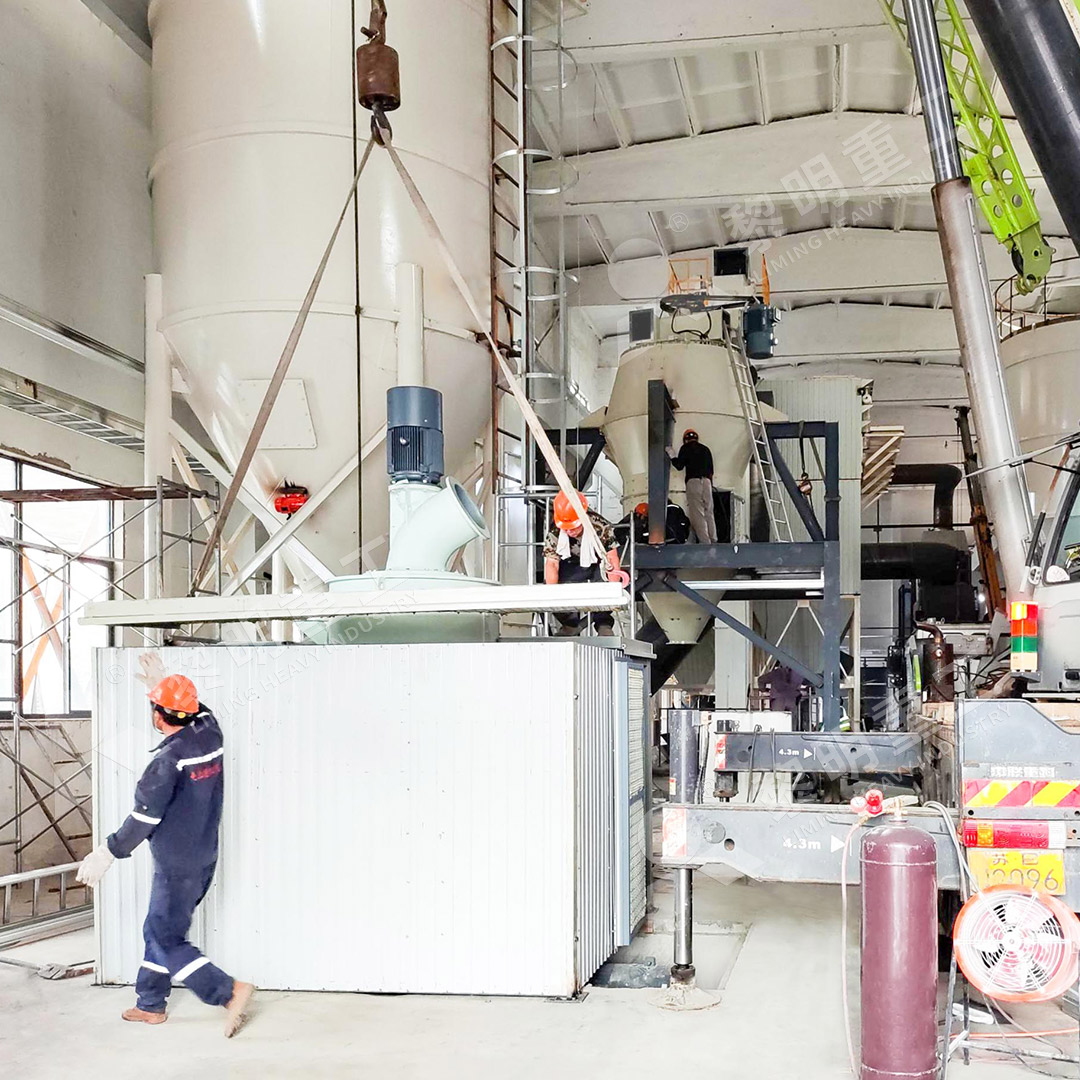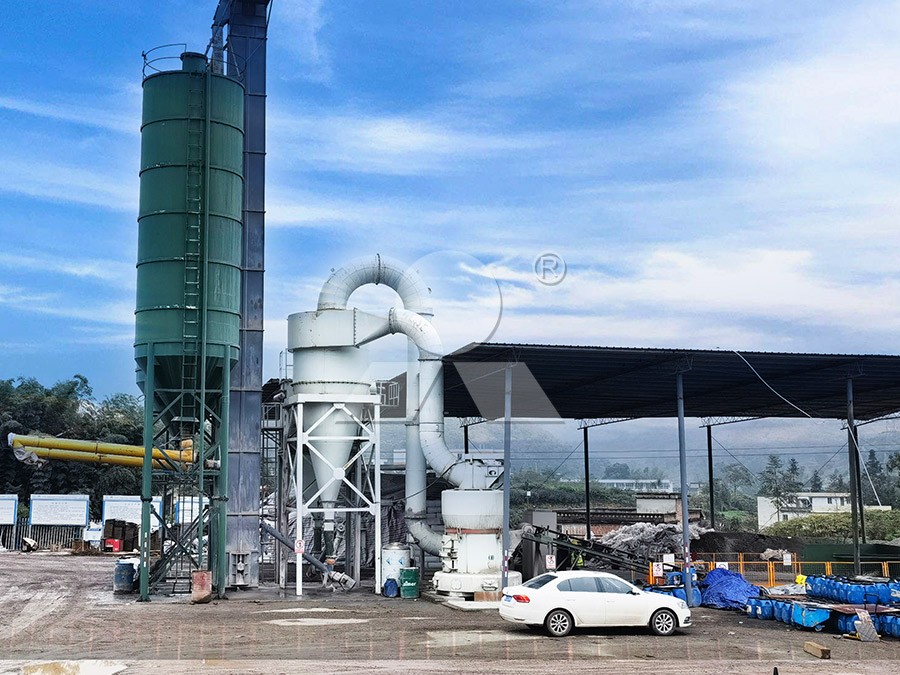Raymond Mill 4R3216 Price: How Much Does It Cost?
Raymond Mill 4R3216 Price: How Much Does It Cost?
As a seasoned professional in the mineral processing industry, I’ve fielded countless inquiries about the Raymond Mill 4R3216. The most persistent question is always about its price tag. Let’s be frank: providing a single, universal price is impossible. The cost is not stamped on the machine like a barcode; it’s a variable figure shaped by a complex interplay of factors. This article will dissect these elements and guide you toward making a cost-effective investment for your grinding operations.
What Exactly Are You Pricing?
The Raymond Mill 4R3216 is a workhorse in the grinding world, ideal for processing non-flammable and non-explosive materials with Mohs hardness below 7 and humidity under 6%. Think limestone, calcite, barite, dolomite, and feldspar. Its robust design, featuring four grinding rollers, offers reliable performance for medium-scale production. However, the base machine is just the starting point.

Key Factors That Dictate the Final Cost
Understanding what goes into the quotation is crucial. Here’s a breakdown:
- Configuration and Accessories: Are you purchasing a standalone mill, or do you need a complete system? This includes the jaw crusher, elevator, vibrating feeder, powder collector, and piping. A full production line naturally costs significantly more.
- Material of Wear Parts: The grinding rollers and rings are consumables. Standard manganese steel is cost-effective, but for more abrasive materials, high-chromium or ceramic alloys are recommended, which increase the initial investment but offer longer service life.
- Motor and Electrical Controls: The choice of motor brand (e.g., Siemens, WEG) and the sophistication of the control system (basic vs. full PLC automation) can cause price fluctuations.
- Shipping and Logistics: The cost to transport a several-ton piece of machinery from the manufacturer to your site is substantial. This varies dramatically based on distance, shipping method, and import duties.
- Market Conditions: Fluctuations in raw material costs, such as steel, and currency exchange rates directly impact the final price.
Looking Beyond the Raymond Mill: The Value of Modern Technology
While the 4R3216 is a proven classic, focusing solely on its price might cause you to miss out on more advanced, cost-effective solutions in the long run. Modern grinding technology has made significant leaps in energy efficiency, output, and environmental performance.
For operations requiring higher capacity or finer powders, our MW Ultrafine Grinding Mill represents a generational upgrade. Designed for customers needing to make ultra-fine powder between 325-2500 meshes, it boasts features that directly translate to lower operational costs. Its newly designed grinding curves enhance efficiency, yielding 40% higher production capacity with the same power input compared to jet mills. Furthermore, its unique design with no rolling bearings or screws in the grinding chamber eliminates common failure points, drastically reducing maintenance worries and downtime. For a wide range of materials from limestone to talc and applications in chemicals, paints, and cosmetics, the MW Series offers a superior return on investment through higher yield and lower energy consumption.

Another standout option is the LUM Ultrafine Vertical Grinding Mill. It integrates grinding, grading, and transporting into a single, compact unit. Its higher yielding rate and better quality are achieved through a unique roller shell and lining plate grinding curve. A key advantage is its more energy-saving multi-head powder separating technology, which reduces energy consumption by 30%-50% compared to common grinding mills. For operations prioritizing stability and ease of maintenance, its double position-limiting technology and reversible structure are invaluable, allowing for quick and easy maintenance access.
Making an Informed Decision
Instead of asking “How much is a 4R3216?”, a more productive question is, “What is the total cost of ownership for the most efficient grinding solution for my specific material and output goals?” The cheapest machine upfront can become the most expensive due to high energy bills, frequent maintenance, and low output.

Frequently Asked Questions (FAQ)
What is the approximate price range for a Raymond Mill 4R3216?
The price can range from several thousand to tens of thousands of US dollars, heavily dependent on configuration, accessories, and current market conditions. A detailed quotation from a supplier is essential.
Can I get a precise quote online?
No. Reputable manufacturers require details about your material (hardness, humidity, input/output size), desired capacity, and preferred configuration to provide an accurate price.
Are there ongoing costs beyond the purchase price?
Absolutely. Factor in energy consumption, regular maintenance, and the periodic replacement of wear parts like grinding rollers and rings.
Why should I consider a more advanced mill like the MW or LUM series?
While the initial investment might be higher, their superior energy efficiency, higher output, lower maintenance, and ability to produce finer powders often lead to a faster payback period and lower cost per ton of finished product.
Do you provide after-sales service and spare parts?
Yes, a key part of our value proposition is a sufficient supply of original spare parts and comprehensive technical support to ensure your worry-free operation long after the sale.
